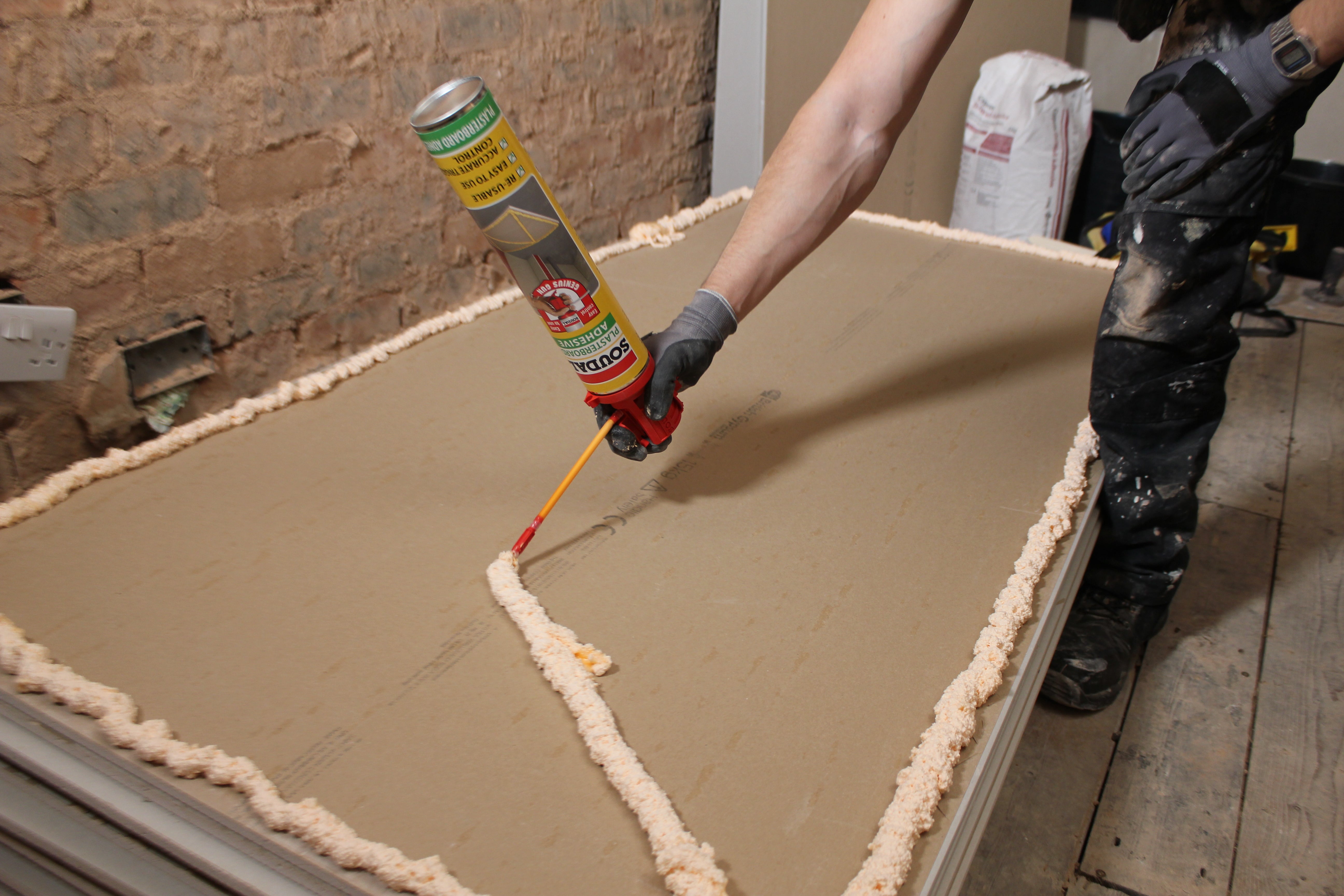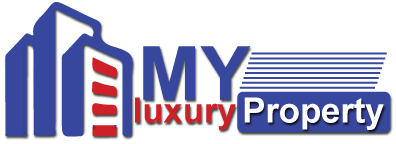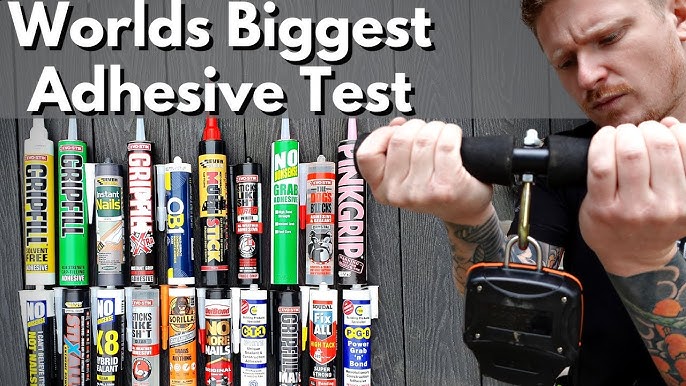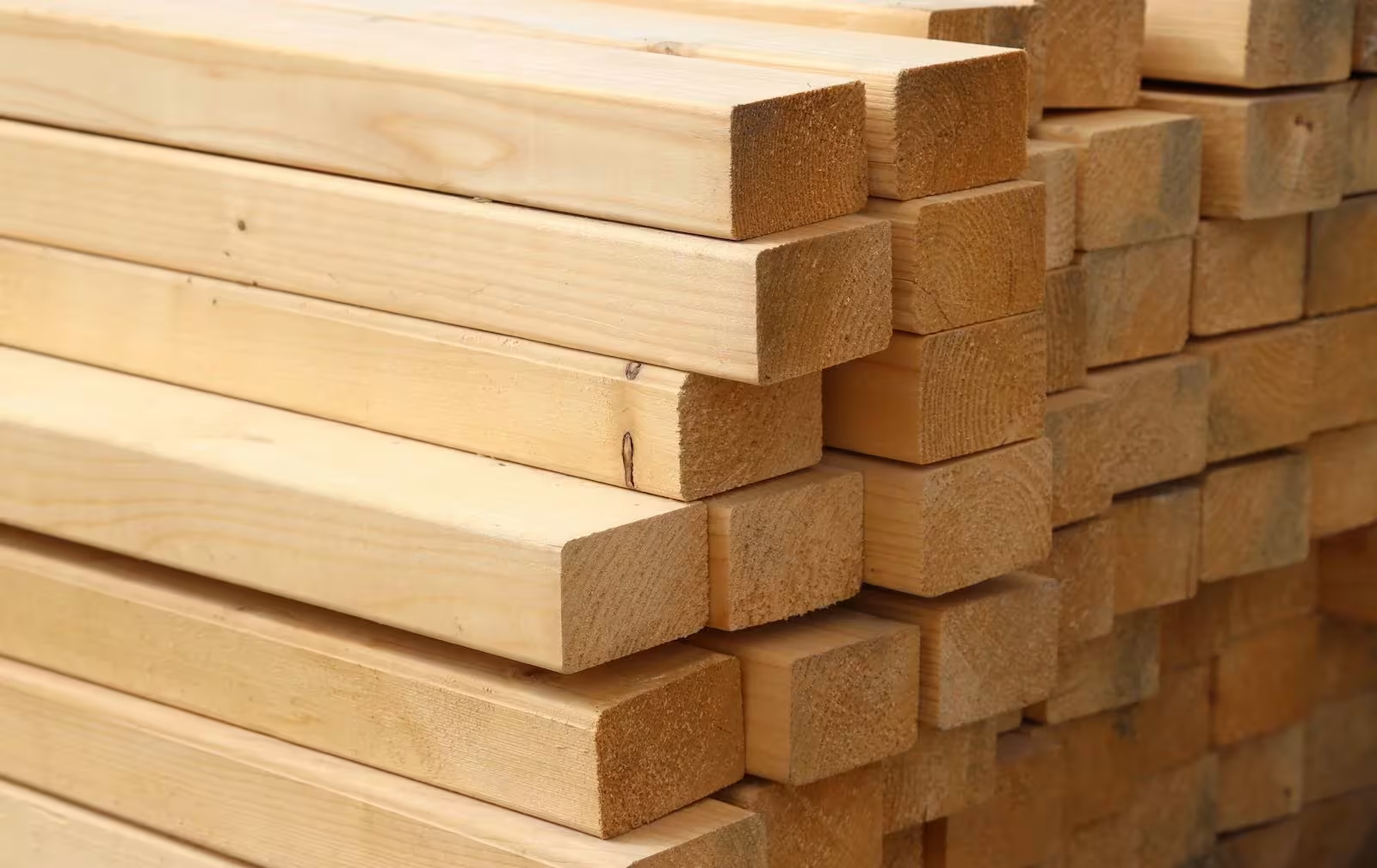Plasterboard adhesive is one of the most reliable and efficient bonding solutions in modern drylining. It plays a vital role in securing plasterboard to walls or ceilings without the need for timber framing. Whether you’re a professional contractor or a first-time DIYer, using plasterboard adhesive can dramatically reduce installation time and create a neater finish. As drylining continues to grow in popularity throughout the UK, knowing how and when to use this adhesive is essential for high-quality results.
Unlike traditional fixings such as screws or wall plugs, plasterboard adhesive offers a direct bond that eliminates the need for additional framework. This method is not only more cost-effective but also maximises insulation and reduces cold bridging. When combined with materials like insulated plasterboard or moisture resistant plasterboard, the benefits extend far beyond structural stability—offering thermal, acoustic and even water-resistant advantages.
Types of Plasterboard Adhesive Available in the UK
There are two main types of plasterboard adhesive widely available in the UK: gypsum-based powdered adhesives and polyurethane expanding foam adhesives. Powdered adhesives, such as Knauf Drywall Adhesive, are mixed with water and applied using the dot and dab method. These offer a strong bond ideal for large-scale renovations, extensions, or new builds and are commonly used on block, brick, and concrete surfaces.
On the other hand, expanding foam plasterboard adhesive—like the Soudal Genius Gun—comes ready-to-use in a pressurised can. It’s fast-curing, easy to apply, and great for smaller jobs or tight spaces. Foam adhesives are growing in popularity due to their low waste, minimal mess, and added insulation properties. Each type of adhesive has specific applications, so it’s important to match the product to your project requirements.
Tools and Materials You’ll Need for Installation
To ensure a successful application of plasterboard adhesive, having the right tools and materials on hand is essential. You’ll need a plasterboard lifter for easy handling, especially when fitting ceilings or large wall sheets. A paddle mixer attached to a drill is crucial for mixing powdered adhesive smoothly and evenly. You’ll also require a hawk and trowel for applying the compound and a spirit level to ensure perfect alignment.
Your material list should include the correct type of plasterboard for your space—whether it’s moisture resistant plasterboard for bathrooms, acoustic plasterboard for sound-sensitive areas, or foil backed plasterboard for improved thermal control. Don’t forget your fixings: plasterboard screws, plasterboard rawl plugs, plasterboard wall plugs, and plasterboard tape are all vital for a clean, secure finish. For jobs requiring extra thermal performance, consider 25mm insulated plasterboard to meet energy efficiency standards.
How to Apply Plasterboard Adhesive Properly

Start by prepping the wall—remove any dust, debris or flaking paint and make sure the surface is dry. Mark vertical lines to guide the placement of the boards. If you’re using powdered plasterboard adhesive, mix it to a creamy yet stiff consistency. For dot and dab, apply golf-ball-sized adhesive dabs in vertical lines spaced around 30-40 cm apart, and about 5 cm from the edge of the board.
Gently lift the plasterboard into position using a plasterboard lifter, press it firmly against the dabs, and use a level to check for plumb. Tap it lightly with a straight edge to make adjustments. With expanding foam adhesive, apply vertical lines directly to the wall, quickly position the board, and press it into place. Allow the adhesive to cure for several hours before applying plasterboard tape over joints and proceeding with skim coating or decoration.
Choosing the Right Plasterboard for Your Project
Plasterboard comes in various types and thicknesses, each designed for specific applications. Standard 12.5mm plasterboard is suitable for most dry rooms, while moisture resistant plasterboard is recommended for bathrooms and kitchens. Soundproof plasterboard offers additional mass to help reduce airborne noise in media rooms, flats or bedrooms, making it ideal for privacy and comfort.
For spaces that require thermal efficiency, insulated plasterboard is a smart choice, especially the 25mm variety which integrates a rigid insulation board bonded to standard plasterboard. Foil backed plasterboard includes a vapour control layer, preventing condensation in colder rooms or external-facing walls. Knowing which board to pair with your plasterboard adhesive ensures lasting performance and compliance with UK Building Regulations.
Common Fixings and Accessories for Plasterboard Installations
Even though plasterboard adhesive offers a strong bond, additional fixings are sometimes needed for added support. Plasterboard screws and plugs come in various lengths and gauges for securing boards, particularly around the edges or ceiling applications. Plasterboard wall plugs and rawl plugs are crucial when fixing objects to finished plasterboard surfaces.
Accessories like plasterboard tape are used to reinforce joints and create a seamless surface ready for painting or wallpapering. Always check plasterboard sizes and ensure you have the right thickness to match your insulation and structural needs. Using the right combination of adhesive, fixings, and plasterboard thickness guarantees a solid, professional result every time.
Conclusion
Plasterboard adhesive is an essential product for modern UK construction and DIY drylining projects. Whether you’re using it for dot and dab on a brick wall or bonding insulated plasterboard to improve thermal performance, it offers simplicity, speed, and durability. Understanding the different types, tools, and techniques involved is the key to achieving a flawless, long-lasting finish.
With products available at Wickes, B&Q, and Screwfix, and a wide selection of plasterboard types to match, there’s never been a better time to master plasterboard adhesive. Invest in the right materials and follow the correct methods, and you’ll enjoy a smooth, insulated, and expertly finished wall that stands the test of time.
Frequently Asked Questions (FAQs)
Can I use plasterboard adhesive with all types of plasterboard?
Yes, plasterboard adhesive works with standard, moisture resistant, acoustic, insulated, and foil backed plasterboard, depending on the project’s needs.
Is plasterboard adhesive strong enough on its own?
For most walls, yes. However, combining adhesive with mechanical fixings is recommended in high-load areas or ceilings.
What’s the best plasterboard adhesive for a DIY job?
For ease and speed, expanding foam adhesive is great for smaller DIY projects. Powdered gypsum-based adhesives offer more control for larger surfaces.
Where can I buy plasterboard adhesive in the UK?
It’s widely available at Wickes, B&Q, Screwfix, Selco, and other major builders’ merchants.
How long does plasterboard adhesive take to set?
Initial set time ranges from 1 to 3 hours, with full curing typically taking 12 to 24 hours depending on the environment.
You may also read: CLS Timber Explained: Meaning, Sizes, Grades & Common UK Uses



